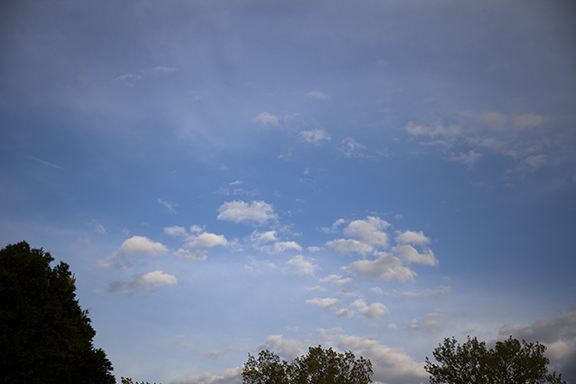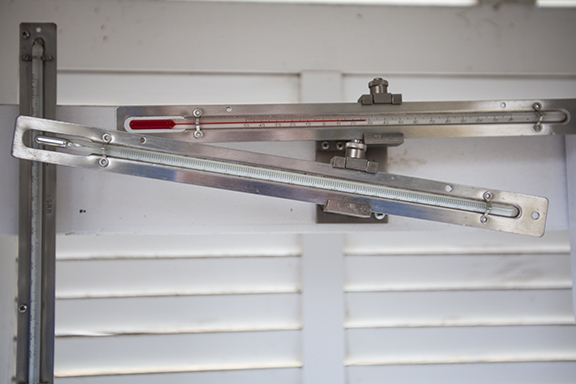Flying into a Cloud
/Even if you have never flown you have probably been inside a cloud. Fog is a cloud that forms near the ground. Walking in fog means you have walked in a cloud. The short (3 second) video above was recorded as we flew while climbing through a cloud layer. It was recorded over south central Iowa as we were climbing toward 25,000 feet. I am not sure how high we were at this point. This cloud was made up of many tiny cloud droplets. At this altitude temperatures were above freezing so there were no ice crystals present.
The smallest rain drops are about .02 inches in diameter and the largest possible drop in a thunderstorms may be about .2 inches. The average cloud droplet is about 100 times smaller than the smallest raindrop. Cloud droplets can be suspended with much smaller vertical velocities than a raindrop. The terminal fall velocity of a small rain drop is about 4.6 miles per hour while the terminal (fastest) velocity of the largest drops is about 20.2 miles per hour. See table here:
http://www.shorstmeyer.com/wxfaqs/float/rdtable.html
Upward air motion of about 4.6 miles per hour would be needed to suspend a small raindrop in the air. In other words, it would not fall. If the upward flow is greater the raindrop would move upward inside the cloud. Larger drops need stronger upward motion to remain suspended. That is why storms with stronger upward motion and large moisture content often have larger rain drops.
























